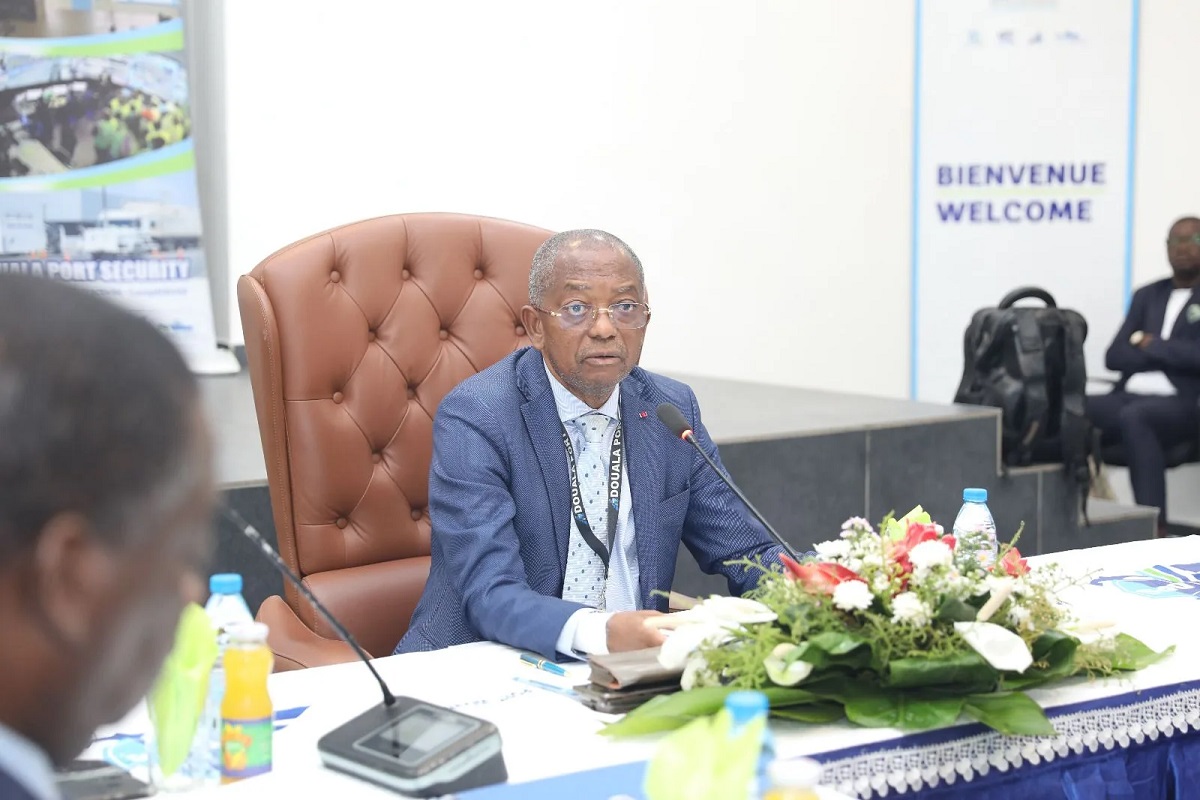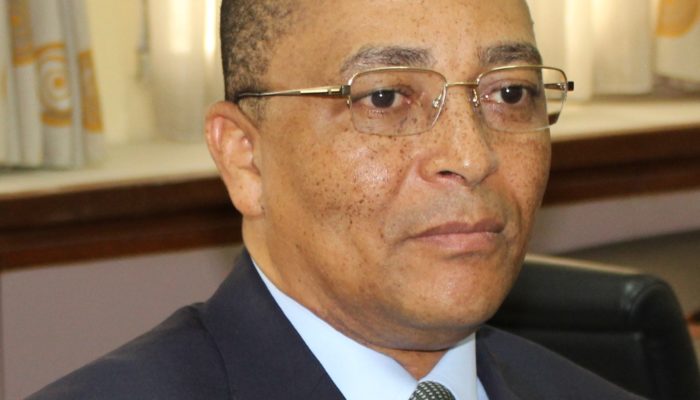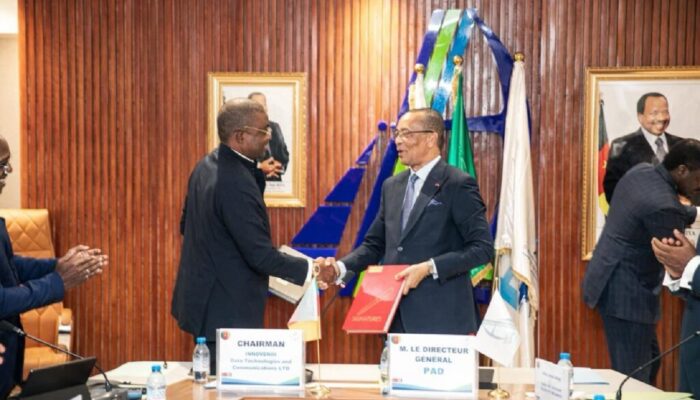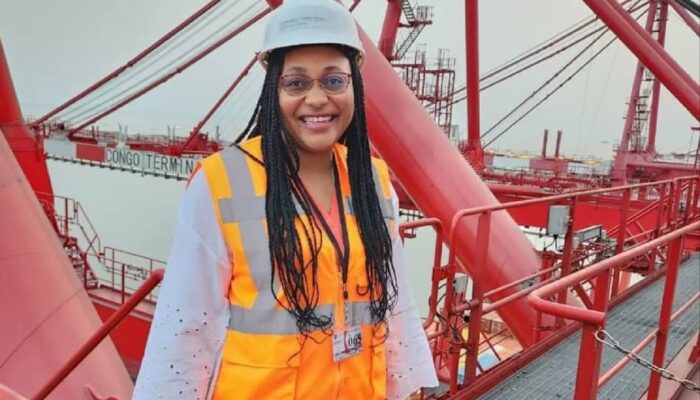One year after the provisional acceptance, the Autonomous Port of Douala (PAD) has officially validated the final acceptance of the works of phase 2 of the project to secure the port area of Douala-Bonabéri. Financed to the tune of more than 32 billion FCFA, this strategic project has made it possible to strengthen the security of the port through the modernization of infrastructure, the training of specialized personnel and the deployment of cutting-edge surveillance equipment.
Launched in 2019 under the impetus of the country’s senior authorities, the Douala-Bonabéri port complex security project aimed to modernize the access control system and strengthen the protection of the port’s strategic facilities. Phase 1 made it possible to erect a secure fence and install the first elements of a reinforced security system.
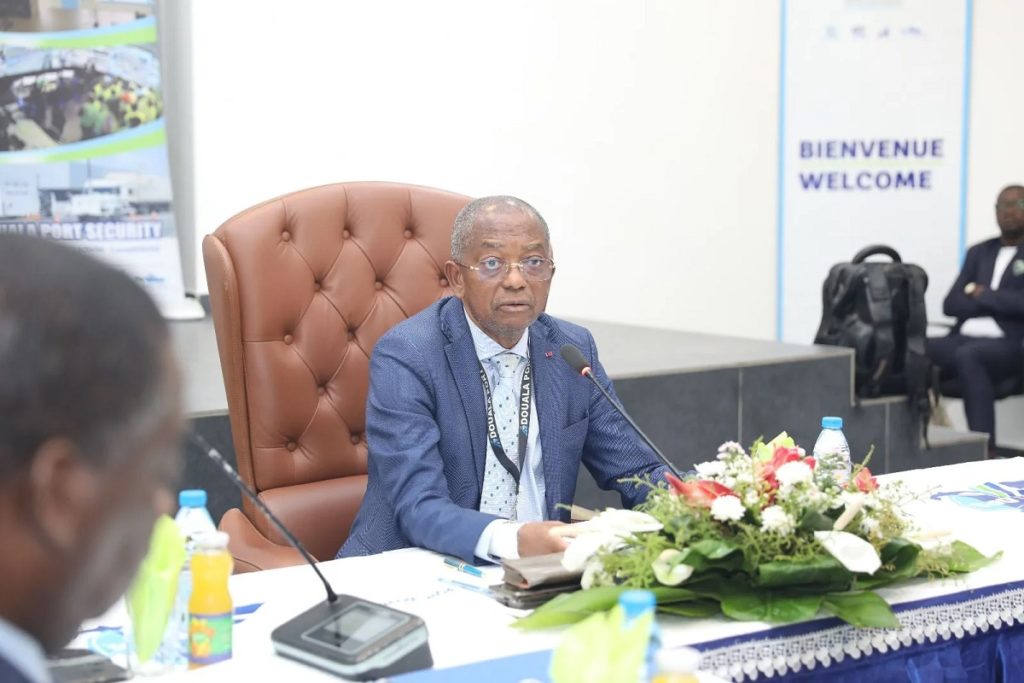
Phase 2, whose final acceptance has just been pronounced by the PAD, has completed these achievements by setting up modern infrastructures, training specialized personnel and optimizing the surveillance of the port area. With a total investment of 32.018 billion FCFA, this ambitious project now makes the port of Douala-Bonabéri one of the most secure in the Gulf of Guinea.
The project enabled the implementation of several strategic actions, including: Specialized training: Officers and harbor masters were trained in specific port professions, while 50 firefighters received specialized training in Kribi. In addition, 25 officers completed a training course at Tanger Med in Morocco. Improving the security of the Container Terminal: This modernization includes updating the video surveillance system and acquiring two patrol vehicles for the terminal management.
Protection of archives: A building dedicated to the PAD archives was built and equipped, thus guaranteeing better conservation of strategic documents.
Strengthening lighting and video surveillance: The extension of solar public lighting and the modernization of the video surveillance system have made it possible to strengthen the surveillance of the installations. Interconnection of PAD sites: A BACKBONE network has been developed to connect all the port sites, thus improving the management and monitoring of operations.
One of the key elements of this modernization is the Vessel Tracking and Monitoring System (VTMIS). This device, equipped with long-range cameras and a powerful radar, allows monitoring of the quays, the channel and the base buoy located 25 km away. Its surveillance radius extends up to 70 km, thus strengthening the capacity to detect maritime movements in the port area.
Presiding over the final acceptance ceremony of the works on January 7, Charles Michaux Moukoko Njoh, Deputy Director General of PAD, stressed the importance of this project in the implementation of the commitments of the Head of State, HE Paul Biya. He also insisted on compliance with international standards, in particular the ISPS Code (International Ship and Port Facility Security), which guarantees the safety of ships and port infrastructure.
With this second phase now completed, the port of Douala-Bonabéri consolidates its position as a strategic logistics platform in Central Africa. Thanks to the investments made, the port meets international security requirements and positions itself as a model in the region.
While the project had sparked debates when it was launched, its results, now visible, confirm the relevance of the strategic choices made by the Presidency of the Republic and the Autonomous Port of Douala. Securing the port is no longer limited to a simple preventive measure, but has become a real lever of competitiveness for this infrastructure, which is essential to sub-regional trade.



